Design Concepts For Vegetated Waterways - Historic Landmark of Agricultural Engineering Rainfall runoff causes severe gully erosion on unprotected lands and has ruined thousands of U S acres in the past. Concepts were developed at this site for vegetation-lined waterways that now safely convey runoff water from millions of acres.Engineers of the US Soil Conservation Service (SCS) initiated studies on hydraulics of vegetated waterways at an outdoor laboratory near Spartanburg, South Carolina, in 1935. Under the directions of W. O.
1990
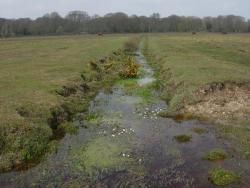
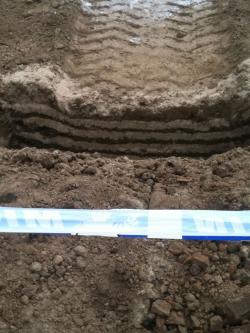
Historically, Farm Tillage Tools Were Designed Without Scientific Knowledge Of How Tools Work The Soil. Thus, A Tool Designed To Operate In One Soil Pulled By A Mule Might Not Operate Satisfactorily In Another Soil Or When Pulled By A Tractor At Higher Speeds. Traction And Flotation Problems Appeared With The Introduction Of Tractors. The Importance Of Developing A Scientific Approach To The Study Of Tillage And Traction Became Apparent During The Transition From Animal To Mechanical Power.
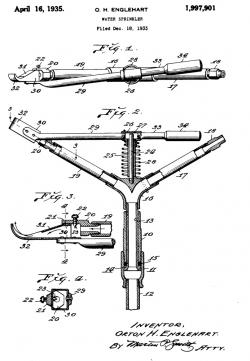
The Rain Bird horizontal action impact drive sprinkler head was invented in 1933 by Orton Englehardt, a citrus grower and native of Glendora. The design offered slow rotation and uniform watering, benefits long sought by local irrigators. Clement M. LaFetra, a friend of Englehardt, urged early patent application. A patent was awarded on December 18, 1933. Englehardt, with no entrepreneurial aspirations, assigned all rights to LaFetra and his wife Mary Elizabeth. Production began in the LaFetra family barn on October 13, 1935.
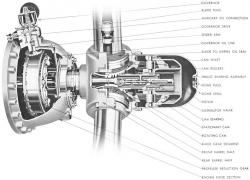
Bradley Intl. Airport Windsor Locks State: CT Zip: 06096 Country: USA Website: http://www.asme.org/about-asme/history/landmarks/topics-a-l/air-and-space-transportation/-149-hydromatic-propeller-%28ca--1938%29, http://files.asme.org/ASMEORG/Communities/History/Landmarks/5572.pdf Creator: Hamilton Standard
Rapid development of aircraft design in the 1930s required many related innovations, including propeller design. The hydromatic propeller by Hamilton Standard marked a significant advance over the counterweight-type, controllable pitch propeller. The first test flight of the prototype took place in 1938: the public demonstration was made by a United Air Lines DC-3 over New York City on April 6, 1938. It played a distinguished role in allied combat aircraft in World War II.
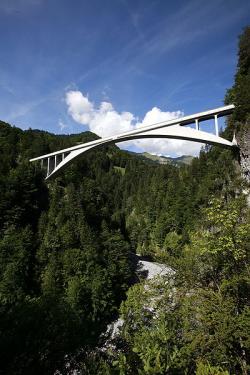
The Salginatobel Bridge, spanning the Salgina Valley ravine, is the earliest surviving three-hinged, hollow box arch bridge designed by Robert Maillart.
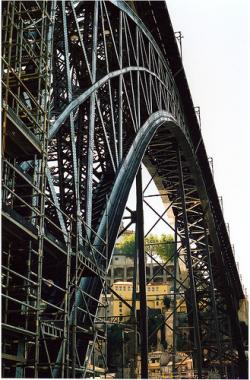
Built to cross one of the steepest valleys along the Douro River, the Ponte Maria Pia was the first major work to emerge from the French firm of Gustav Eiffel and Company, establishing Eiffel as an important bridge designer and civil engineer of his day. Resting on a parabolic arch spanning 160 meters, the Ponte Maria Pia was the longest iron arch bridge in the world at the time of its construction. The bridge's latticework construction reflects the later design of the well-known Eiffel Tower, erected in Paris to commemorate the International Exposition of 1900.
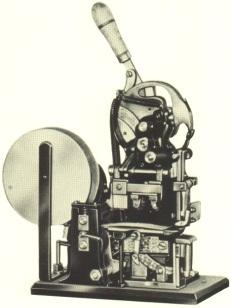
This was the first successful machine for mechanizing the identification and price marking of retail merchandise. At a single stroke of the operating handle, the machine formed a tag from a roll of stock, imprinted it with price and other information, formed a wire staple, and stapled the tag to the merchandise. This means for dispensing with handmade and written tags amounted to a minor revolution in the then rapidly expanding retail industry.

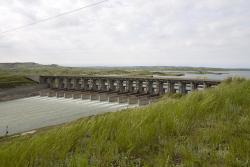
The Fort Peck Dam was a cornerstone project of the Works Progress Administration of Franklin D. Roosevelt's New Deal. It required the largest construction plant and workforce since the construction of the Panama Canal and peaked at 11,000 workers. It was the largest dam of any type in the world for over 30 years.
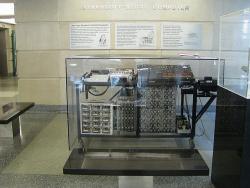
John Vincent Atanasoff conceived basic design principles for the first electronic-digital computer in the winter of 1937 and, assisted by his graduate student, Clifford E. Berry, constructed a prototype here in October 1939. It used binary numbers, direct logic for calculation, and a regenerative memory. It embodied concepts that would be central to the future development of computers.
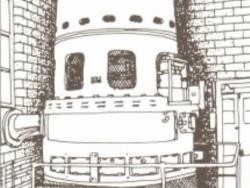
This, the first Curtis vertical turbine built, was constructed by the General Electric Co. for the Newport & Fall River Street Railway Co. It operated in the Newport, R.I., generating station until June 1927. It was transferred to the Harding Street Station of the Indianapolis Power &…
Read More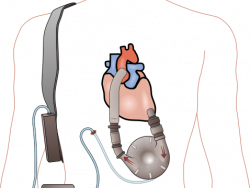
This is the first extremely smooth, surgically implantable, seam-free pulsatile blood pump to receive widespread clinical use. In its use in more than 250 patients, it has been responsible for saving numerous lives. When used as a bridge to transplant, the pump has a success rate greater than 90…
Read More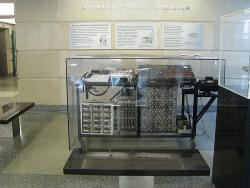
John Vincent Atanasoff conceived basic design principles for the first electronic-digital computer in the winter of 1937 and, assisted by his graduate student, Clifford E. Berry, constructed a prototype here in October 1939. It used binary numbers, direct logic for calculation, and a…
Read More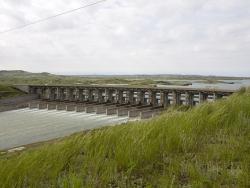
The Fort Peck Dam was a cornerstone project of the Works Progress Administration of Franklin D. Roosevelt's New Deal. It required the largest construction plant and workforce since the construction of the Panama Canal and peaked at 11,000 workers. It was the largest dam of any type in the world…
Read More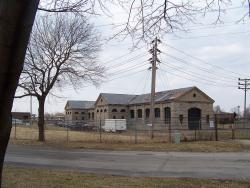
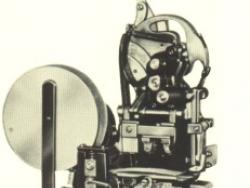
This was the first successful machine for mechanizing the identification and price marking of retail merchandise. At a single stroke of the operating handle, the machine formed a tag from a roll of stock, imprinted it with price and other information, formed a wire staple, and stapled the tag to…
Read More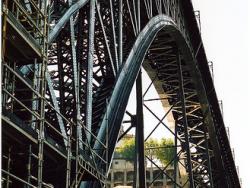
Built to cross one of the steepest valleys along the Douro River, the Ponte Maria Pia was the first major work to emerge from the French firm of Gustav Eiffel and Company, establishing Eiffel as an important bridge designer and civil engineer of his day. Resting on a parabolic arch spanning 160…
Read More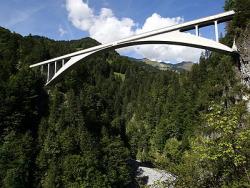
The Salginatobel Bridge, spanning the Salgina Valley ravine, is the earliest surviving three-hinged, hollow box arch bridge designed by Robert Maillart.
Maillart's 1901 invention of the concrete hollow box design became a major bridge building concept. In this design, the concrete arch…
Read More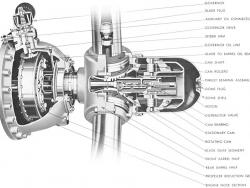
Rapid development of aircraft design in the 1930s required many related innovations, including propeller design. The hydromatic propeller by Hamilton Standard marked a significant advance over the counterweight-type, controllable pitch propeller. The first test flight of the prototype took place…
Read More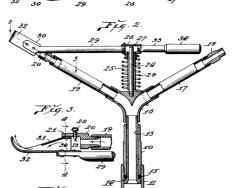
The Rain Bird horizontal action impact drive sprinkler head was invented in 1933 by Orton Englehardt, a citrus grower and native of Glendora. The design offered slow rotation and uniform watering, benefits long sought by local irrigators. Clement M. LaFetra, a friend of Englehardt, urged…
Read More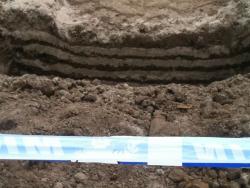
Historically, Farm Tillage Tools Were Designed Without Scientific Knowledge Of How Tools Work The Soil. Thus, A Tool Designed To Operate In One Soil Pulled By A Mule Might Not Operate Satisfactorily In Another Soil Or When Pulled By A Tractor At Higher Speeds. Traction And Flotation Problems…
Read More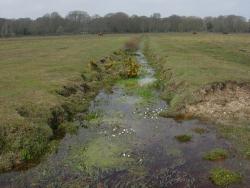
Design Concepts For Vegetated Waterways - Historic Landmark of Agricultural Engineering Rainfall runoff causes severe gully erosion on unprotected lands and has ruined thousands of U S acres in the past. Concepts were developed at this site for vegetation-lined waterways that now safely…
Read More

